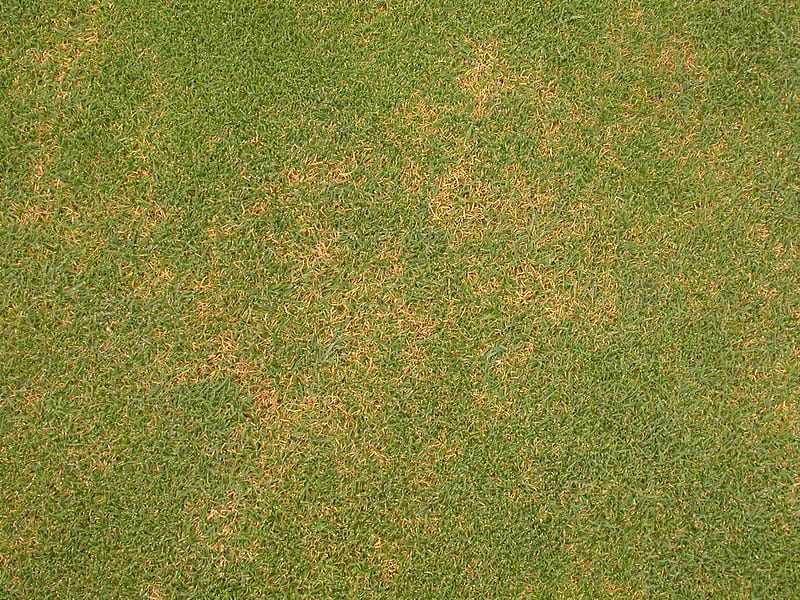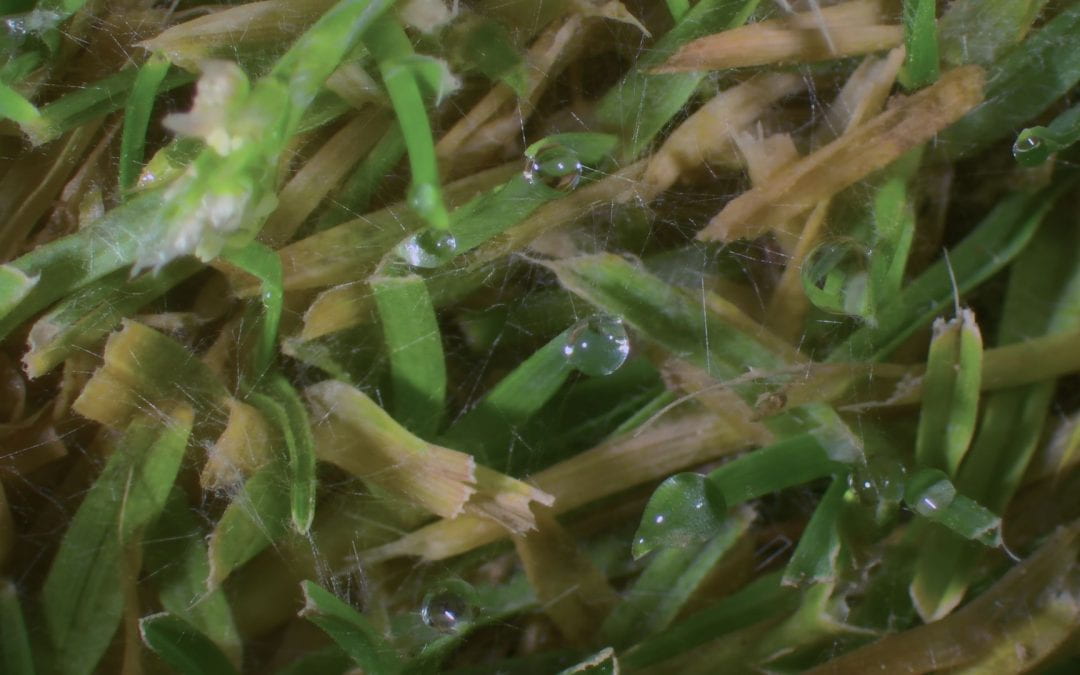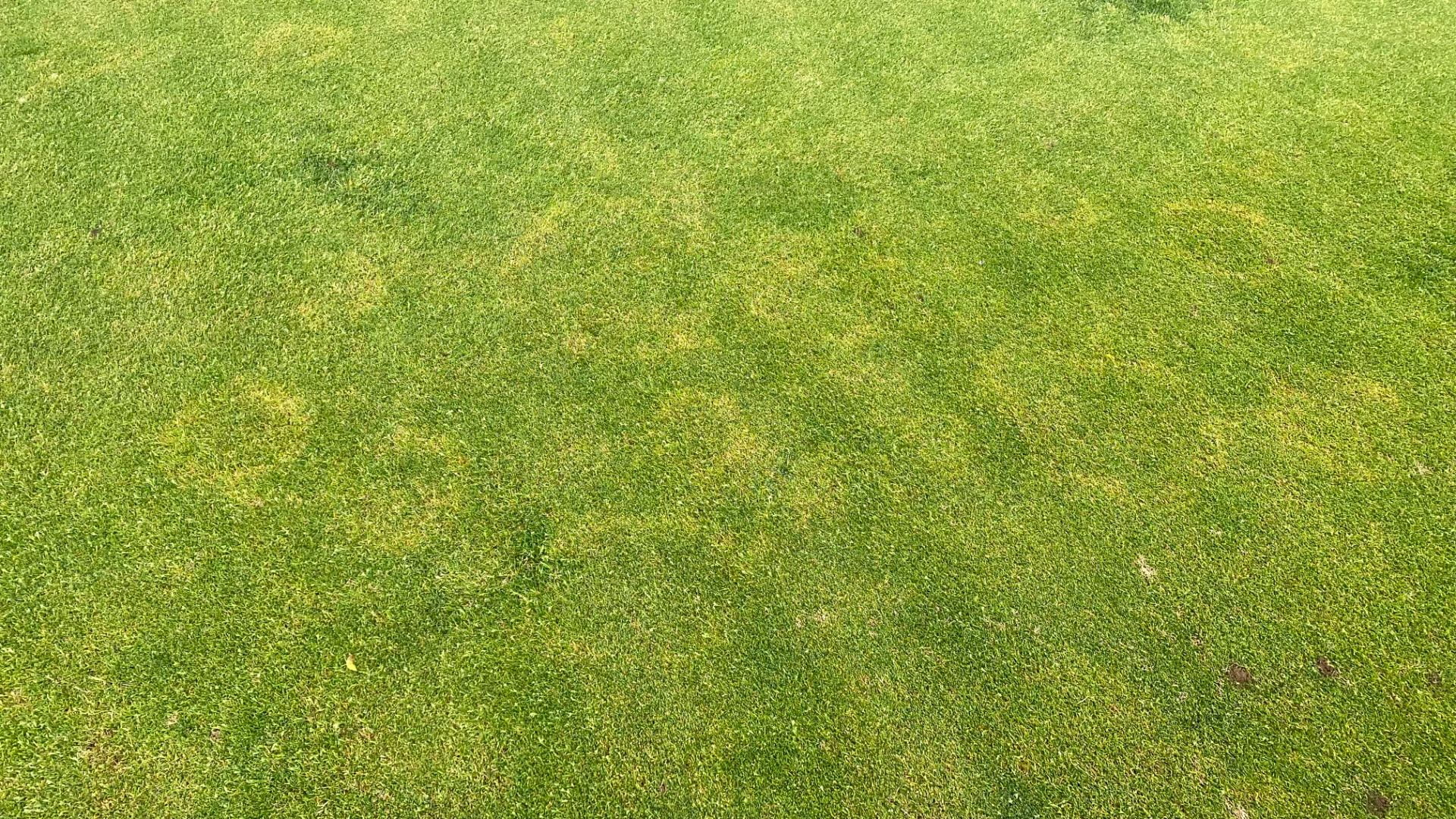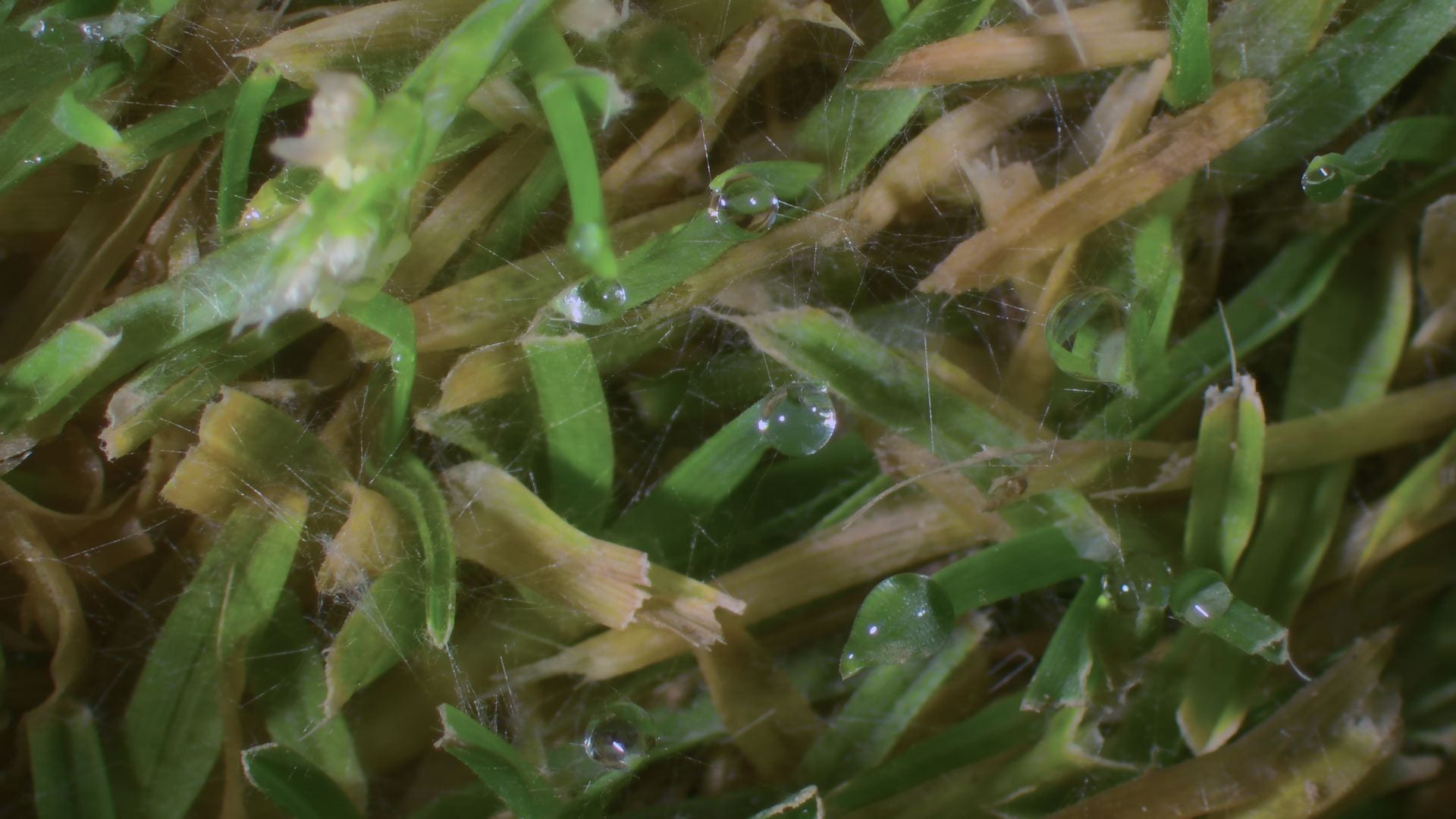
Pest Update – June 20th
Diseases
The short stretch of hot weather over the past week lead to some “negative for disease” samples in the lab. In most cases, these are areas that are starting to get stressed during the hot weather. We did, however, start to see brown patch starting to show up around the state. Much of this is in areas that received rain or are irrigated. This is relatively early for the disease so I would be on the look out in the coming weeks as we hit real brown patch and Pythium weather. On top of these diseases, dollar spot is very active around the state and likely will continue. On a recent trip to a golf course in central PA, anthracnose is also moving in. So basically we are in the heart of disease season so stay alert.
Weeds
We’re past the point of preemergent herbicides for crabgrass control so if you missed the window it’s time to start thinking about post emergent control. Dr. Landschoot wrote a good article on the topic a few years ago that is still relevant.
Insects
According to Dr. McGraw, white grub adults, especially Japanese beetles, are just now starting to fly. Otherwise, there’s a bit of a “lull in the season.” I did notice some ABW damage on our annual bluegrass research fairways at Valentine and also some damage to the collars of a golf course putting green at a Central PA facility.


Weather in PA
The weather around the state is variable. Moderate temps in the low 80s will stay in place for much of central and eastern PA until this weekend or next week and then things heat up. In western PA, however, temperatures after today will be in the upper 80s and low 90s. Some possible thunderstorms, combined with the heat, could create ideal conditions for the hot-weather diseases like brown patch and Pythium blight. We are still a little ways away from gray leaf spot, but turf managers should have enough to deal with over the next couple of weeks.



